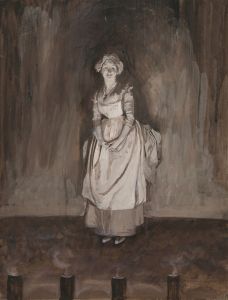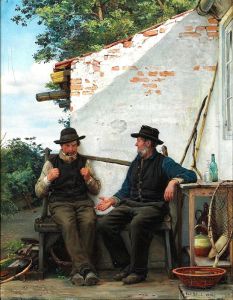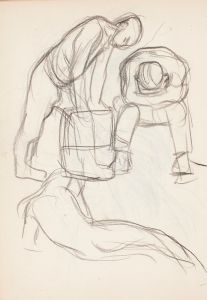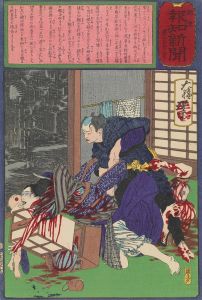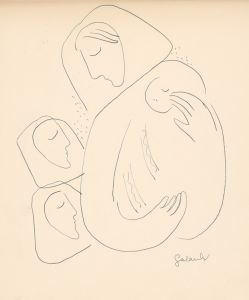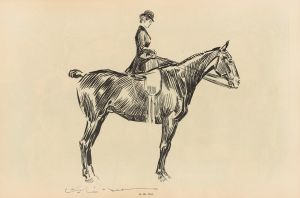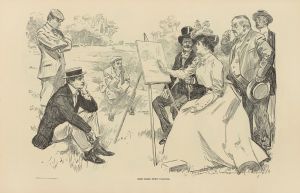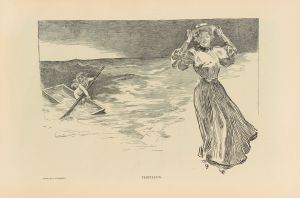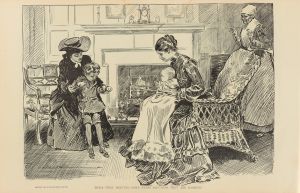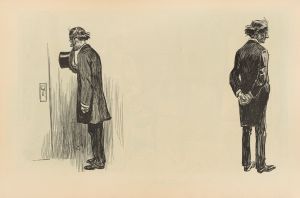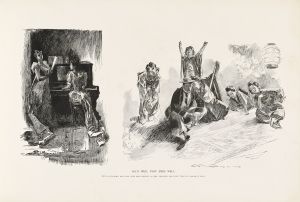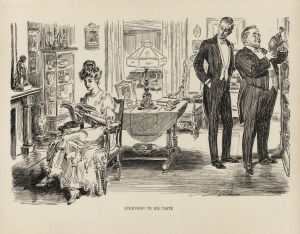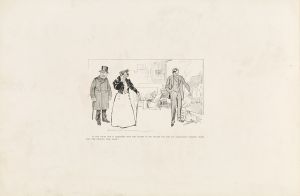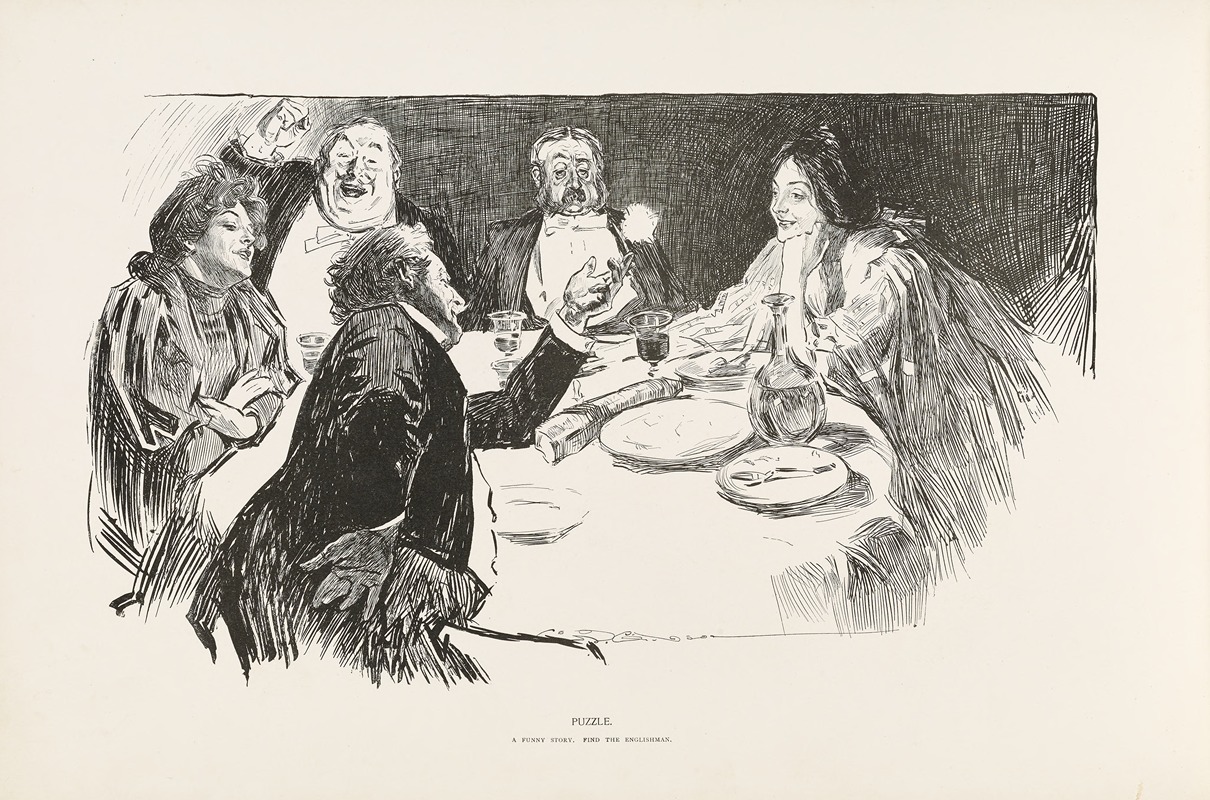
Puzzle – A funny story, find the Englishman
A hand-painted replica of Charles Dana Gibson’s masterpiece Puzzle – A funny story, find the Englishman, meticulously crafted by professional artists to capture the true essence of the original. Each piece is created with museum-quality canvas and rare mineral pigments, carefully painted by experienced artists with delicate brushstrokes and rich, layered colors to perfectly recreate the texture of the original artwork. Unlike machine-printed reproductions, this hand-painted version brings the painting to life, infused with the artist’s emotions and skill in every stroke. Whether for personal collection or home decoration, it instantly elevates the artistic atmosphere of any space.
Charles Dana Gibson was a prominent American illustrator best known for his creation of the "Gibson Girl," a representation of the idealized American woman at the turn of the 20th century. His work was widely published in magazines such as Life, Scribner's, and Harper's, and he became one of the most influential illustrators of his time. One of his lesser-known works is "Puzzle – A funny story, find the Englishman," which showcases his talent for social commentary and humor through illustration.
"Puzzle – A funny story, find the Englishman" is a black-and-white illustration that reflects Gibson's keen observation of social dynamics and his ability to infuse humor into his art. The illustration is designed as a visual puzzle, inviting the viewer to engage with the image actively. The challenge presented by the artwork is to identify the Englishman among a group of people depicted in the scene. This interactive element was a common feature in some of Gibson's works, where he encouraged viewers to look closely and think critically about the social nuances he portrayed.
Gibson's style is characterized by its detailed line work and the expressive quality of his characters. In "Puzzle – A funny story, find the Englishman," these elements are evident as he captures the distinct personalities and social cues of the individuals in the scene. The illustration likely plays on stereotypes and cultural markers that would have been recognizable to audiences of the time, adding a layer of humor and social critique.
The context of the illustration is rooted in the late 19th and early 20th centuries, a period when Gibson's work was at its peak popularity. This era was marked by significant social changes, including shifts in class structures and international relations, particularly between the United States and England. Gibson's work often reflected these themes, using satire to comment on the social and cultural issues of his day.
While "Puzzle – A funny story, find the Englishman" may not be as widely recognized as the "Gibson Girl," it exemplifies Gibson's skill in combining art with social commentary. His ability to engage viewers with humor and insight made his illustrations a staple in American popular culture during his lifetime. The puzzle aspect of the illustration also highlights Gibson's innovative approach to engaging his audience, inviting them to participate in the narrative he created.
Overall, Charles Dana Gibson's "Puzzle – A funny story, find the Englishman" is a testament to his talent as an illustrator and his ability to capture the complexities of social interactions with wit and precision. Although specific details about the illustration's publication and reception are limited, it remains an example of Gibson's enduring legacy in the world of illustration and his contribution to American art and culture.





